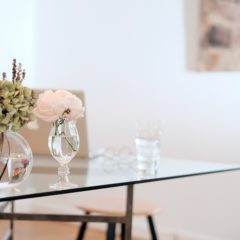
Colour has the power to influence our emotions, moods, and behaviour. Colour psychology is a science that studies how colours affect human perception and behaviour. By understanding the psychology of colour, you can use it to transform your home into a sanctuary that promotes relaxation, productivity, and creativity.
Use the principles of colour theory to create a space that reflects your personality and style.
The power of colour
Colour psychology studies how colour affects human behaviour, mood, and perception. Different colours have different meanings and can evoke different emotions. For example, warm colours such as red, orange, and yellow are associated with energy, warmth, and happiness.
Cool colours such as blue, green, and purple are associated with calmness, relaxation, and harmony. Neutral colours such as beige, grey, and white are associated with simplicity, sophistication, and elegance.
Understanding the psychology of colour is crucial when designing your home. The colours you choose can have a profound impact on your mood and emotions.
For example, if you’re looking to create a calm and relaxing space, you might choose cool blues and greens. Warm colours such as red, orange, and yellow can create a cozy and inviting atmosphere. Neutral colours such as beige, grey, and white can create a sophisticated and elegant atmosphere.
When choosing colours for your home, it’s important to consider the overall mood and atmosphere you want to create. You should also consider the natural lighting in your space, as this can affect how colours appear.
The Colour Wheel and Its Application
A colour wheel is a tool that designers use to choose colours that work well together. It consists of primary colours (red, yellow, and blue), secondary colours (orange, green, and purple), and tertiary colours (yellow-green, blue-green, blue-purple, red-purple, red-orange, and yellow-orange).
When using the colour wheel, you can create a colour scheme by choosing colours that are next to each other, opposite each other, or evenly spaced around the wheel.
For example, if you want to create a complementary colour scheme, you might choose blue and orange. If you want to create an analogous colour scheme, you might choose blue, blue-green, and green.
Using the colour wheel can help you create a harmonious and cohesive look in your home. It can also help you choose colours that work well together and avoid common colour mistakes.
Understanding Colour Schemes
Colour schemes are a set of colours used together to create a specific mood or atmosphere. There are several different colour schemes that you can use when designing your home, including complementary, analogous, triadic, and monochromatic.
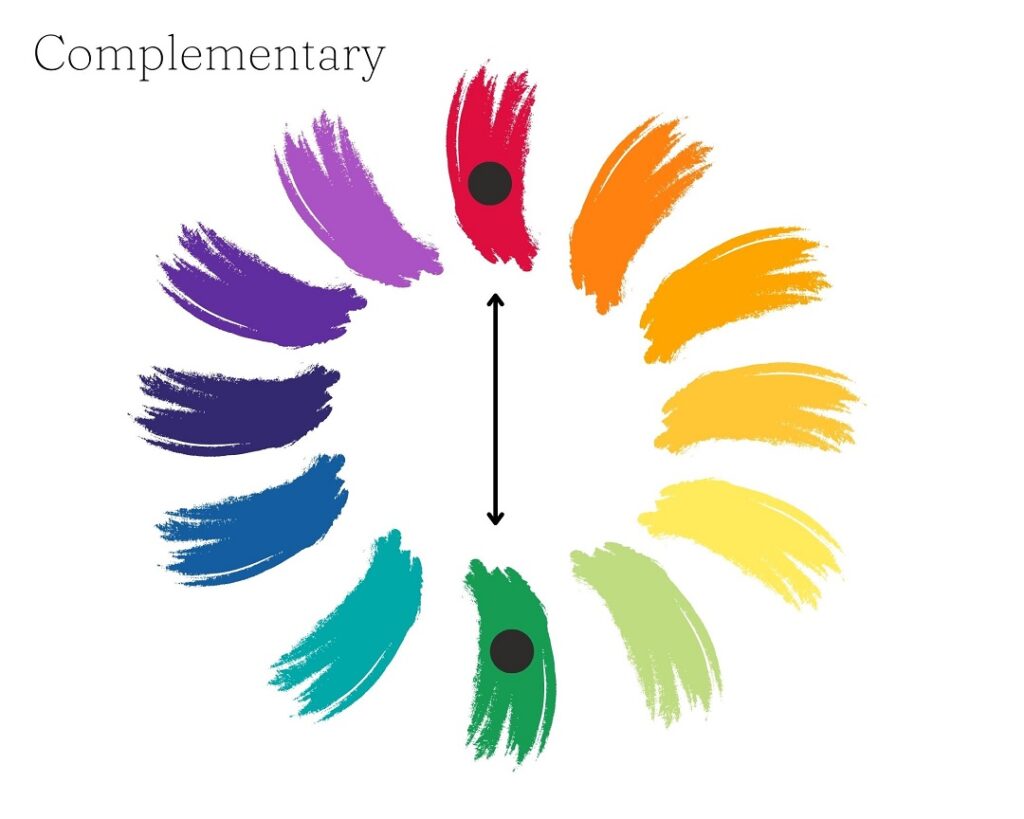
A complementary colour scheme is one that uses colours that are opposite each other on the colour wheel. Use different shades, tones, and tints of these colours to make them more visually appealing. You can soften your colour scheme by adding whites and neutrals.
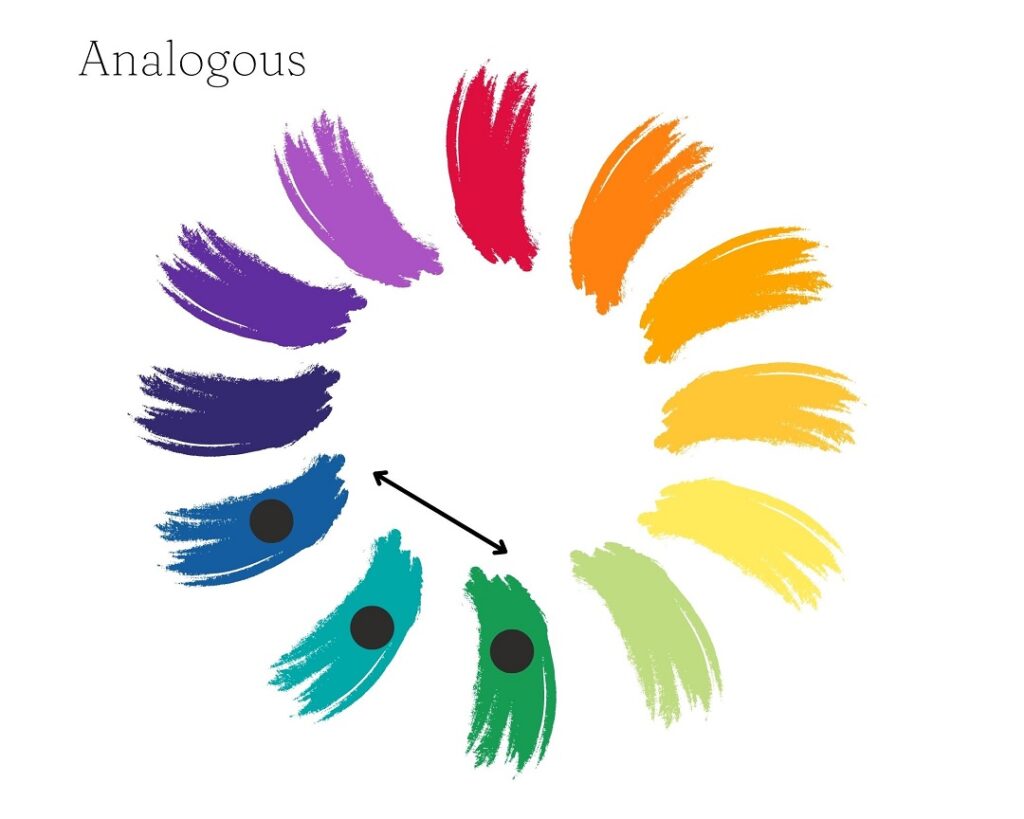
An analogous colour scheme is one that uses colours that are next to each other on the colour wheel. This creates a harmonious and relaxing look that is perfect for creating a calm and serene atmosphere as these colours naturally work together.
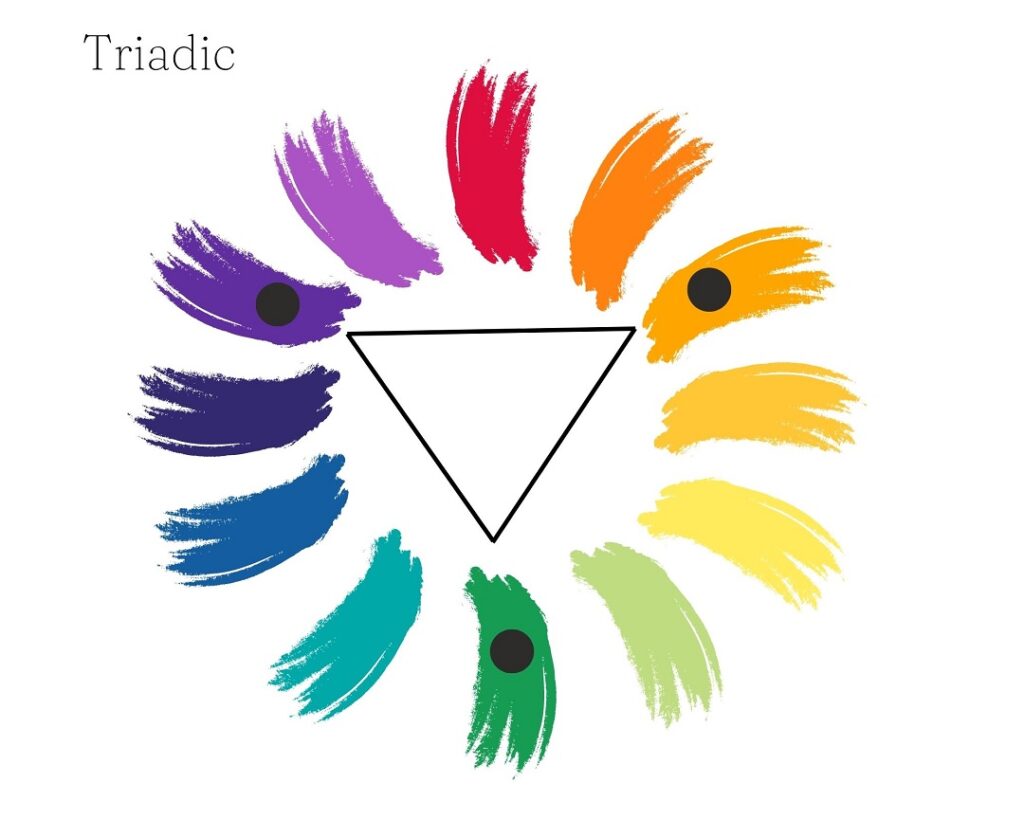
A triadic colour scheme is one that uses 3 colours that are evenly spaced around a colour wheel. This can create a bold and vibrant look or alternatively shading, tinting and toning the colours can create a softer look. Choose one colour to feature and use less of the other two. Add neutrals to soften a triadic colour scheme.
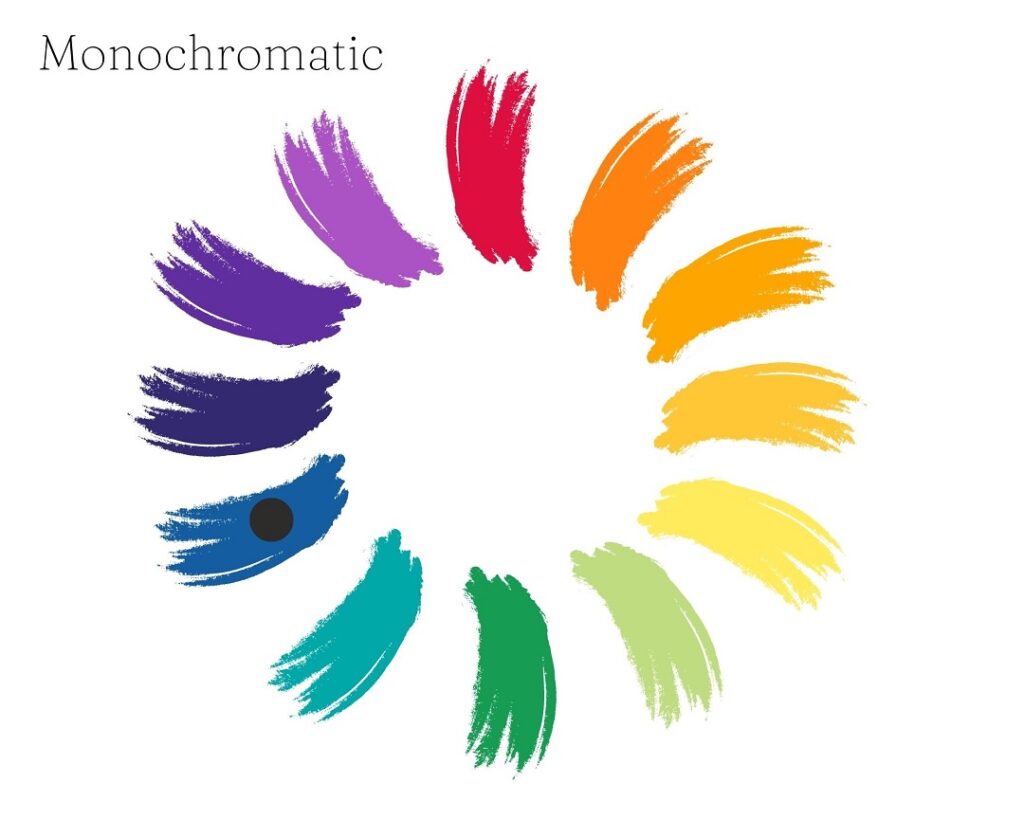
A monochromatic colour scheme is one that uses different shades and tints of the same colour. This creates a harmonious and cohesive look that is easy on the eyes. Create different variations of your chosen colour by adding white, black, or grey.
Tinting
Adding white to a pure hue colour.
Shading
Adding black to a pure hue colour.
Toning
Adding grey to a pure hue colour.
There are many ways to use colour to transform your home. Remember that colour is not only the paint that you use but also features in your fixtures, fittings, soft furnishings, decor items, and the surrounding environment. Consider all these elements when designing your space.
Using colour to transform your home
Accent colours are colours that are used to add interest and depth to a space. They are usually used in smaller amounts and can highlight specific features or areas within the space.
When choosing accent colours, it’s important to consider the overall colour scheme of your home. You should choose colours that complement and enhance the main colours in your space. For example, if you have a neutral colour scheme, you might choose a bold accent colour such as navy or orange to add interest and depth.
Accent colours can also be used to create a focal point in your space. For example, you might choose a navy blue sofa to create a focal point in a neutral living room.
Combining Patterns and Textures with Colour
Combining patterns and textures with your colour palette will add interest and depth to your home. Add soft furnishings such as throws, cushions, curtains and rugs to add another layer. When combining patterns and textures, it’s important to consider the overall colour scheme of your space. You should choose patterns and textures that complement and enhance the main colours in the room.
For example, if you have a neutral colour scheme, you might choose a patterned rug or different textures in your throws and cushions to add another layer to the room.
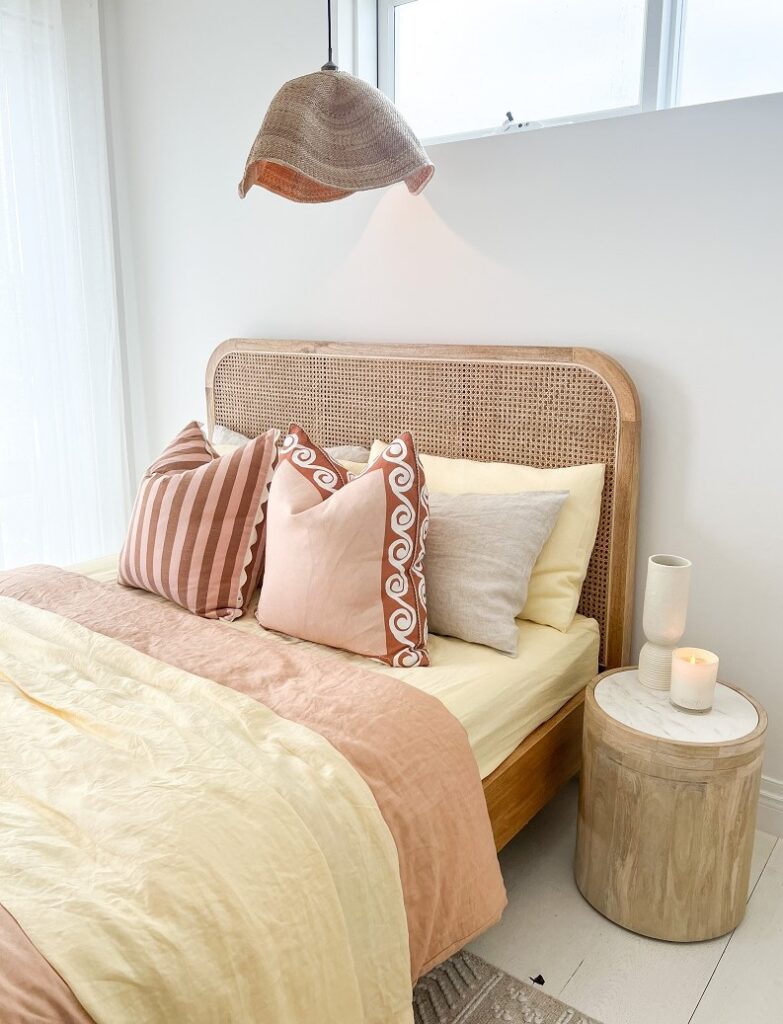
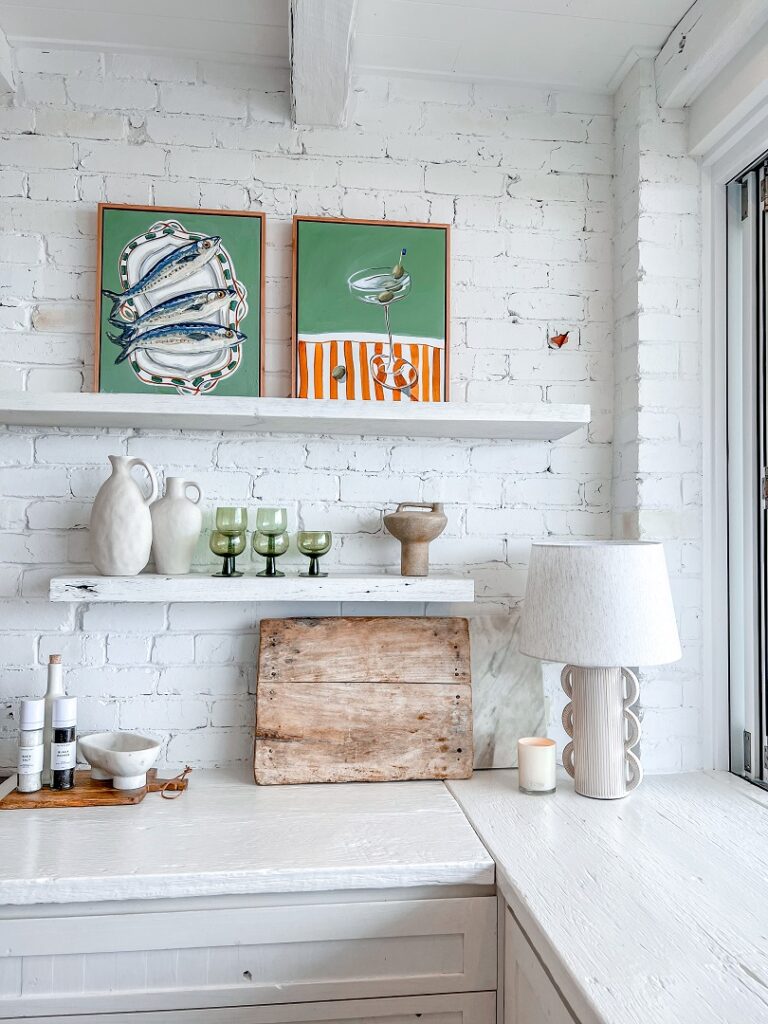
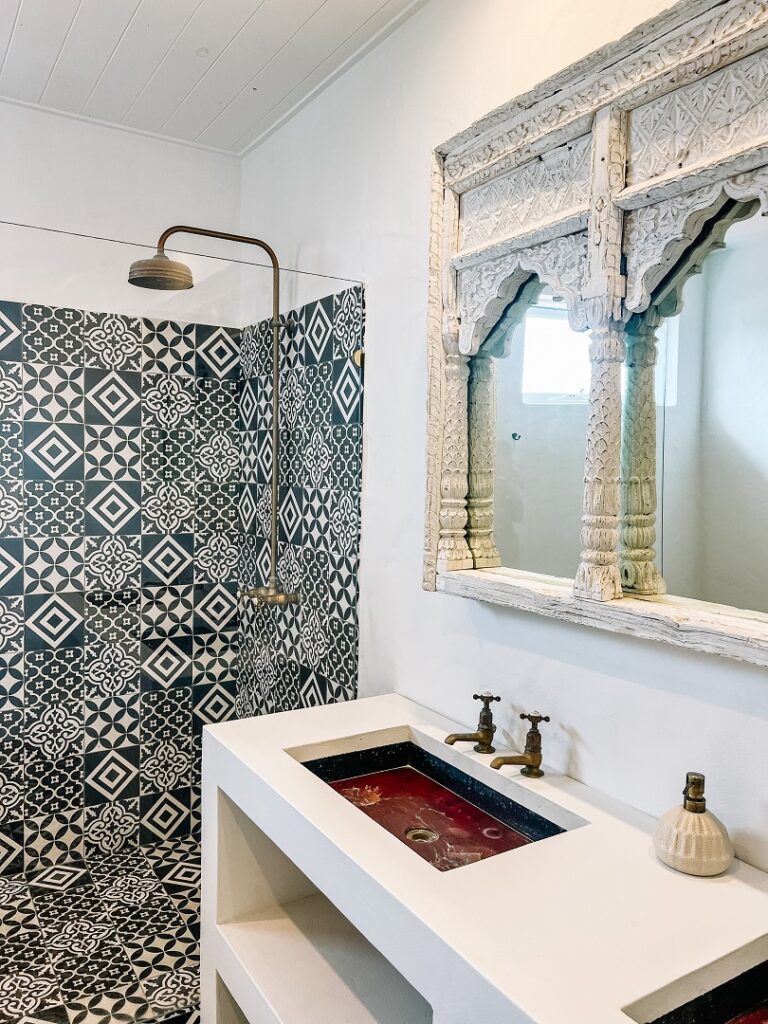
In the above photos, the rattan bedhead, brick wall and wooden bathroom mirror provide texture. The bathroom tiles and bedroom cushions add interest through the use of patterns. In the kitchen, the colour green is repeated in the prints and the glassware and balanced with neutrals to create a cohesive look.
Common Colour Mistakes to Avoid
When designing the spaces in your home, there are some common colour mistakes that you should avoid. These include using too many colours and using colours that clash.
Using too many colours can create a chaotic and overwhelming look in your home. Create a mood board for your home including one for each room. This will help you to create a cohesive look throughout the home.
Using colours that clash can create a jarring and unpleasant look in your home. It’s important to choose colours that complement and enhance each other.
Use colour in a room to make a statement or to create contrast. If you are using bright bold colours, balance them with neutrals.
If you have a favourite artwork, take your colour cues from the art and use it around the room in cushions, throws and decor to tie everything together.
The Transformative Power of Colour in Your Home
Use colour to transform your home from a dull and lifeless space into a vibrant and inviting sanctuary. By understanding the psychology of colour and its impact on our senses, you can create a space that is not only aesthetically pleasing but also conducive to your well-being.
From warm earthy tones to cool blues and greens, each colour has its unique personality and meaning. By using colour theory and avoiding common colour mistakes, you can create a home that reflects your personality and style.
So go ahead and experiment with colour – you might be surprised by the transformative power it has on your home.
Ready to makeover the bedroom read: How to create an inviting bedroom sanctuary where you can relax and unwind.
Organised Chic’
Create a beautifully organised home you love.



